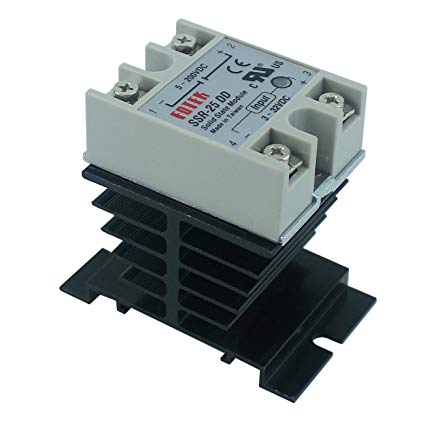WolfgangVonFrankenStein
Wolfgang Von Frankenstein
When you get to 10 degrees below your set temperature, start autotune by setting At=2. If you set AT=1, there's another step to actually start the autotune. Just set At=2. I'm guessing you had it set to 1.
I'll give this a try tonight. I don't recall if I set it to 1 or 2 when I did the last autotune.
If it runs over I'll try the suggestion by processhead above too.
I'll review the electric brewery info as well.
Thanks everyone!
































![Craft A Brew - Safale S-04 Dry Yeast - Fermentis - English Ale Dry Yeast - For English and American Ales and Hard Apple Ciders - Ingredients for Home Brewing - Beer Making Supplies - [1 Pack]](https://m.media-amazon.com/images/I/41fVGNh6JfL._SL500_.jpg)




























